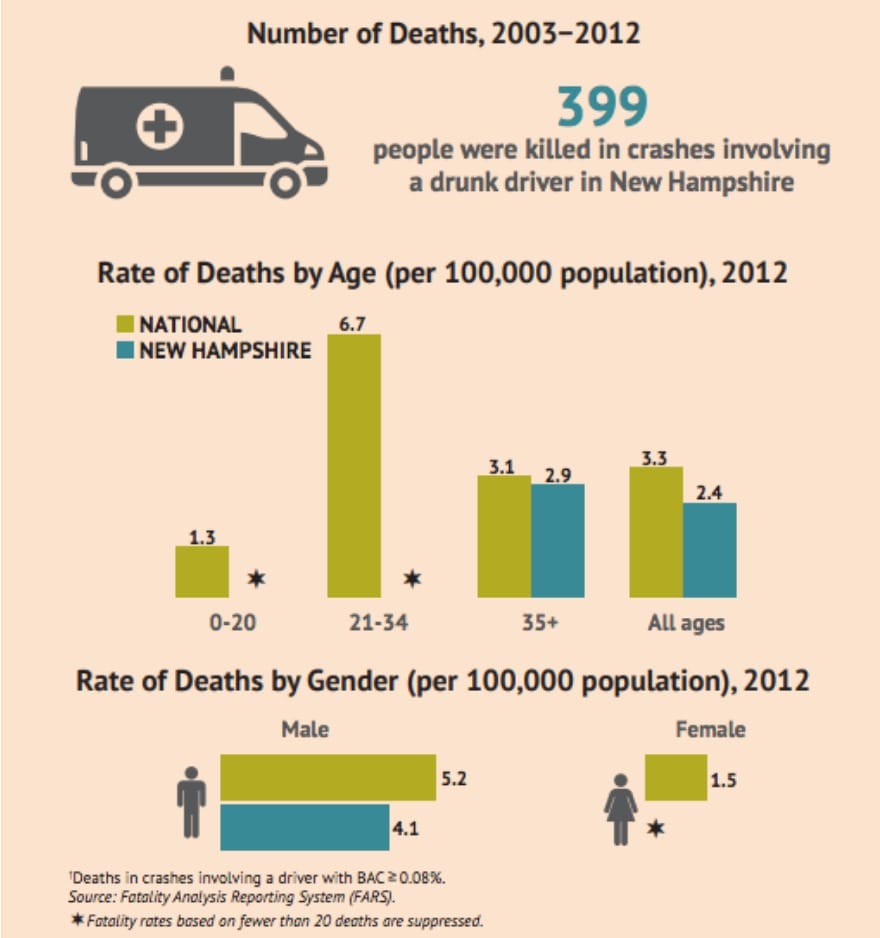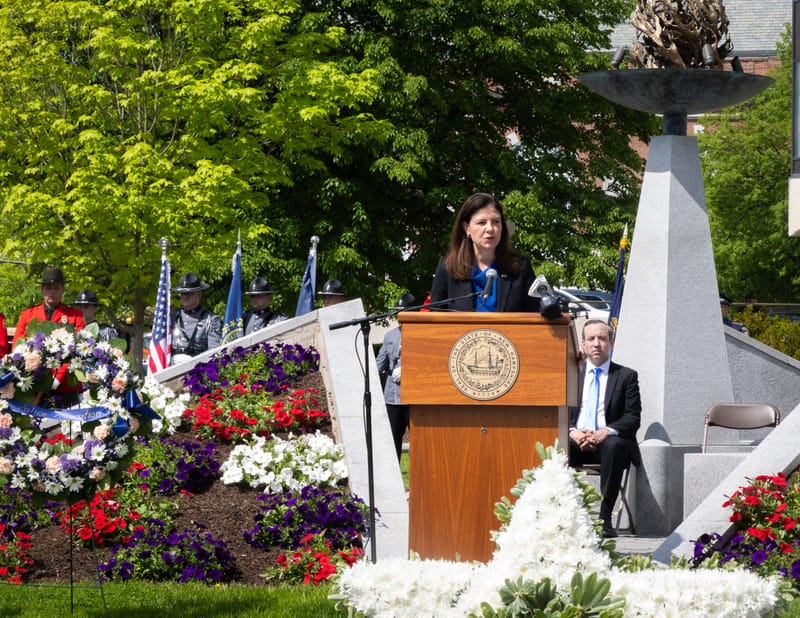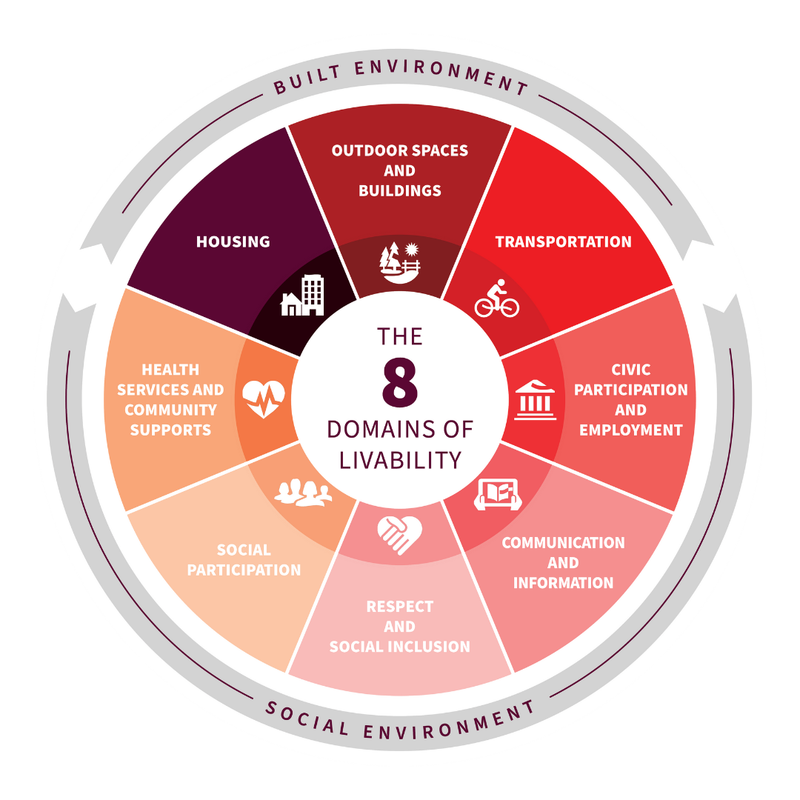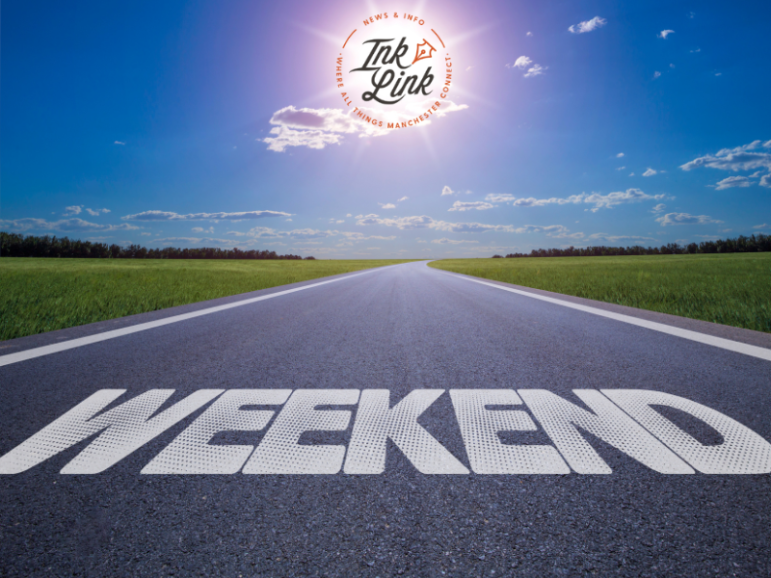“Crash,” a poetic response to drunk driving
I was inspired to write Crash after many weekends of opening the newspaper or my social media browser only to find countless tales of those lost from drinking and driving. A mother, a father, a child, a friend lost again due to a choice made to drive impaired.

An operation fueled by determination.
Eternal invincibility.
A ragtag team of outcasts
Looking for the great perhaps.
One hundred and thirty-six days sober.
Abrupt finality wrought
through self-destruction.
Intoxication.
A labyrinth of suffering
straight and fast.
Light from ahead jeering
through horns and
screeching halts.
Crash.
Last words unknown.
Reasons unknown.
Could there ever be a form
of true enlightenment?
That which they could not find
when looking for grace.
I was inspired to write Crash after many weekends of opening the newspaper or my social media browser only to find countless tales of those lost from drinking and driving. A mother, a father, a child, a friend lost again due to a choice made to drive impaired. According to the National Highway Traffic Safety Administration, 37,133 people died in traffic accidents in 2017 in the United States. An estimated 10,874 of those were killed in drunk driving crashes involving a driver with an illegal BAC of .08 or higher.
In addition, the CDC reports that 1-in-10 high schoolers will drink and drive. Unsurprisingly, young drivers are 17 percent more likely to die in a car crash with a BAC of .08 than when not drinking. Taking these statistics into account, where does New Hampshire lie among numbers?

(CDC graphic)
Although there were only 399 fatalities in New Hampshire from drunk driving between 2003 and 2012, the rate of deaths by age were significantly higher among those aged 21-34.
The positive news? The CDC also reports that rates of high school students who drink and drive has decreased by 54 percent since 1991. That’s more than half the teen population, on national average.
So why continue to discuss drinking and driving? Those 399 fatalities that occurred in New Hampshire could have been avoided with a call to a friend of hail of a cab or rideshare, rather than getting behind the wheel. By continuing the discussion, we further the spread of education on the risks of drunk driving for young and old alike.





